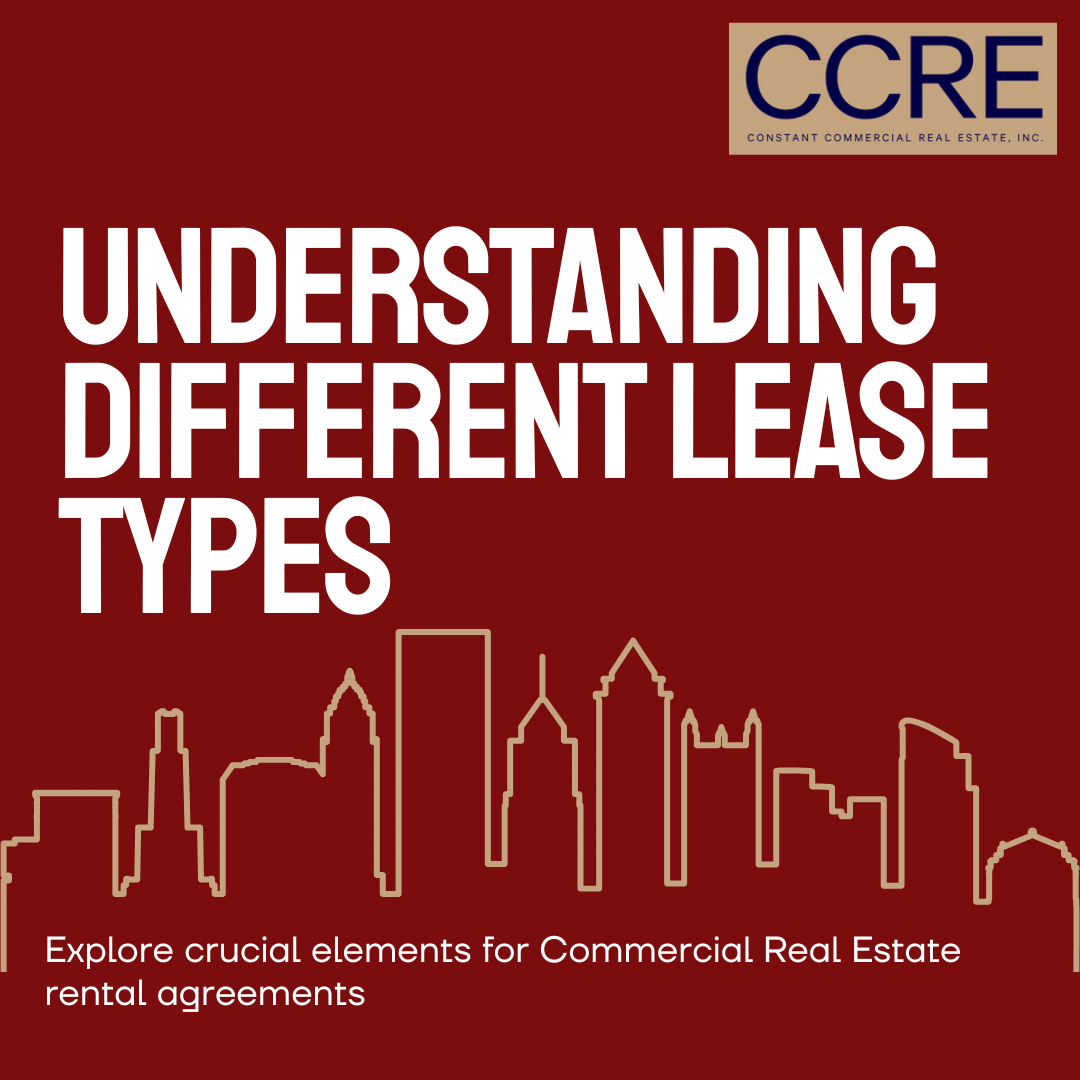December 7, 2022

Strategy Explained - House Hack 101
Introduction - While Constant Commercial Real Estate Inc is a Commercial Brokerage and offers Commercial Financing, we have helped clients with capitalize on the owner occupied strategy all over the state of Oregon.
With rising housing costs buyers interested in acquiring an investment and principal residence are showing increased interest in occupying a single-family home with an additional dwelling unit (ADU) or 2–4-unit property. The northwest has a high entry barrier for getting started in real estate investing so when compared to a single-family home, some fundamentals work in the buyers favor when purchasing a multiplex, especially for those with low down (<20%) payments. Oftentimes coined a "house hack" the benefits include increased buying power (easier qualification), subsidized housing costs and lower cost principal pay down (debt reduction). I am going to illustrate the buyers benefits and provide a few examples to set realistic expectations for buyers who are considering this investment strategy.
Buying power is the combination of down payment (capital) and loan amount. Factors contributing to buying power includes income, type of financing, down payment, credit, and debit-to-income. In the case of an owner-occupied multiplex (2-4 units), the adjoining unit(s) current rent(s) can be recognized as income to the lender and aids in increasing buying power. For example, a borrower talks to their lender and gets pre-qualified for a single-family home with a $500,000 loan amount. After the borrower factors in rent from a duplex’s other unit, the borrower now qualifies for a loan amount of $550,000. Not all, but a percentage of the other unit(s) rent can be valued as income, known as phantom income. Financing is the first step before analyzing and quantifying any investment strategy. A multifamily property up to a 4-plex allows borrowing similar to a single-family home but with a few additional caveats depending on the financing type. Buyers can have access to low down payment options, such as a Federal Housing Administration (FHA) insured loans which can permit as low as 3.5% down compared to conventional financing requiring higher down payments. Consult with an experienced mortgage advisor (we can refer you one) to find which programs exist for your situation and will allow you to back into any financing limitations.
After understanding financing we build a buyer and property profile and begin to tailor a strategy that fits your available capital, abilities and risk tolerance. First we identify an understanding of where the buyer draws the line between utility and investment. Utility is referring a buyers desires regarding a place to live, where the property serves a purpose to the buyer beyond just investment returns or upside. Buyers who are more focused on the future returns and exit would fall on the investment side of the line. Generally investors have a less restrictive property type/size/condition and are willing to give up comfortability to see a return on their money.
Subsidizing your housing costs and principal paydown are the obvious benefits of having tenants and choosing this strategy. A tenants monthly rent lowers your monthly out of pocket and the principal pay down realized is lower when compared to occupying a single family home with no tenant income. The below illustration is a comparison of monthly out pocket before and after factoring principal paydown for a single family home with no tenants and a duplex or ADU scenario.
EXAMPLE 1 – Single Family vs. Duplex (or ADU)
Single Family Home with a $650,000 purchase price, conventional 30-year 80% loan-to-value (20% down) financing at 5.5% and taxes & insurance of ($6,250 & $1,000) has a monthly payment of $3,613. To limit variables and for illustration purposes, we will use properties with the same value, financing and omit utilities. Note low down financing options can vary between single family and 2-4 unit properties.
Duplex with a $650,000 purchase price, conventional 30-year 80% loan-to-value (20% down) financing at 5.5% and taxes & insurance of ($6,250 & $1,000) has the same cost as the previous single family home example with a monthly payment of $3,557. Simply put, if the adjoining units rent for $2,000. The owners monthly out of pocket (before fixed and variable expenses) is $1,557. The owner occupants monthly out of pocket is less than market rents, serving as a sound personal finance decision.
Both property types have additional expenses the owner incurs. This may include utilities, repairs/maintenance, HOA (if applicable) and capital expenditures. Multifamily properties may and oftentimes have utilities from the additional unit-(s) that the owner is responsible for, commonly water/sewage and garbage. This illustration does not take into account different expense loads.
Building Equity for less out of pocket is achievable in any strategy with adjoining unit income. With the mortgage subsidized by income from the property, combined with the additional buying power acquiring it, the buyer has in turn reduced their cost towards building equity when compared to a single-family home. This is a simplistic personal finance approach utilizing the house hack strategy. In both scenario’s the first year’s principal pay down is $7,005 except the duplex’s monthly out of pocket costs approximately ~$1,557 (after $2,000 in rent) and the single-family property costs ~$3,557+ per month after omitting expenses.
In conclusion the owner occupied investor can enter the investment real estate market with a lower entry barrier with attractive low down financing options and reap the benefits of the strategy. Getting started with additional qualification, subsidized housing costs and a sound personal finance decision can propel capital/equity growth and poise an introductory investor to build a portfolio.
Following this article will be a more analysis and analytical "201" article introducing our Property Analysis & Return Projections (PARP) sheet that puts real numbers to several strategies including return on equity and debt effects on yield for owner occupied investors.
Be sure to subscribe for email updates here:
https://www.constantcommercial.com/news-and-insights



